The use of comics in academic settings was quite simply unheard of up until quite recently. Resistance came from traditionalists and purists that didn’t consider comics to be up the standards of literature and culture (part of that dreaded high culture vs. low culture debate). Things have gotten better, though. There are postgraduate degrees on comics on offer and curriculums have embraced them more openly, if still a little guardedly.
Now that comics are in the classroom, though, it falls to educators and learners to extend their reach, to broaden the horizons of their applicability. Professor Ricia Chansky is doing just that. As the director of the Oral History of Lab (OHL), a project that grew out of her work at the University of Puerto Rico, Mayagüez campus (where she also teaches literature), she has been making more space for comics in her classes and in her work. Specifically, they are given a voice in the process of collecting stories from those who lived through the island’s recent climate disasters, most notably the passing of Hurricane Maria in 2017.
In developing this archive of environmental narratives for the OHL, Chansky interviewed Edgardo Miranda-Rodríguez, the creator of the popular La Borinqueña comic, who put together a comics anthology titled Ricanstruction: Reminiscing and Rebuilding Puerto Rico. The book’s proceeds would be allocated to post-María rebuilding efforts and it featured some of DC Comics’ most famous names helping the hero La Borinqueña in saving lives and clearing dangerous debris.
Chansky saw in Ricanstruction an important part of the Hurricane María experience, in which comics became an active participant in the process of putting the island back together while also helping it heal. It was clear to the professor that using the comic in her class was not only apt but necessary. It even made its way to her final exam.
I sat down with Chansky to discuss oral history, her take on comics in the classroom, and how climate narratives can do more to change people’s minds than numbers on a spreadsheet.
RICARDO SERRANO: What made you go with La Borinqueña for a final exam and how does the comic fit in with oral history?
RICIA ANNE CHANSKY: After Hurricane Maria made landfall, two weeks after Hurricane Irma did in the Portugal archipelago, we were completely devastated and without many resources. The Mayagüez campus reopened five weeks after the hurricane because many of our students were homeless and didn’t have a place to live. Many of them could not find food, they could not find potable water, and some of them were still missing family members. The campus became a place of safety and a place of shelter, and the professors were asked to go back to the classroom and to try and do what they could.
We didn’t really have a lot of resources at that time. There was very little we could use to teach in the aftermath of the disaster, and I didn’t want to just go back to business as usual. It didn’t seem right. So, I was teaching an Anglophone Caribbean literature course, and I went to a cafe that had a mobile hotspot—because it would still be 96 days until we had electricity back in our home—and tried to find any Puerto Rican or Caribbean author who was talking about the hurricane so I could quickly remake my syllabus.
I found Edgardo’s La Borinqueña. I found out all I could about the Ricanstruction anthology and how it addressed the hurricane, and eventually it became part of the syllabus. It’s really important for students and young people to see reflections of themselves in the literature that they read in class, and it’s important that this is also available in our libraries and that we’re circulating those texts. I felt this comic did that.
I wound up talking to Edgardo at the opening of his exhibition in the Puerto Rican Institute for Humanities in San Juan, and I wound up asking if I could do an interview with him. He agreed to an oral history interview. That interview was focused on how he came up with La Borinqueña. How does somebody develop a superhero that, in addition to being Puerto Rican is also a superhero for climate justice and a superhero for equity and dignity.
I had a really fantastic interview with him, and he was talking about the years he lived in Puerto Rico, the people he knew, the relatives he kept in contact with, and also the popular culture that influenced him. He put that lived experience into the comic book, which was fantastic. We wanted to do something special with that.
 Professor Ricia Chansky, director of the Oral History Lab
Professor Ricia Chansky, director of the Oral History LabSERRANO: For years, academia has had a strained relationship with comics, questioning their value as works of literature, or whether they should be considered literature in the first place. What reactions did you get on your decision to use comics in class?
CHANSKY: I think reactions were largely positive, especially since it was an idea supported by an oral history interview that further informed it. I mean, we wound up doing an exhibition with Edgardo as well. At one point I asked Edgardo if he would do an online question and answer or discussion with the students, and he agreed. We had well over 600 students read part of the comic, divided into groups focused on a story from the anthology.
Every class got the chance to pick a chapter that they felt was most impactful to them. Edgardo followed with the discussion. It was lovely. The question and answer was absolute magic, and it was very impactful to see young people who lived through Irma first and then Maria to be able to talk to this amazingly charismatic Puerto Rican artist who put that on the page with spectacular visual representations.
It all extends to what we’re trying to do in the lab, especially with dissemination. We believe that even if you have the most important story in the world, it’s meaningless unless somebody meets it in the archive and is able to engage with it. So, we have a three-year grant from the Mellon Foundation to look at all the different ways that we can get people to these stories. In fact, we’re actually working with Edgardo right now to create a series of illustrations to accompany his interview that reflect his time in Puerto Rico and the journey towards the creation of La Borinqueña.
SERRANO: Having interviewed Edgardo Miranda-Rodríguez for the project, what insights did you get into the world of comics and how they might be incorporated into the oral history process?
CHANSKY: That’s an interesting question. Well, you probably know about Soda Pop Comics, Rosa Colón’s series of self-published comics that have increasingly become more geared towards history and journalism. Her work, along with Edgardo’s, shows just how powerful comics are as a medium in capturing stories and recording them for future generations. It’s all tied to the core purpose of preservation.
People need to see and hear and feel these stories in any way possible. They’re for the people in Puerto Rico that not only survived, but surpassed and creatively responded to not just one disaster but multiple over the last eight years. Also, right now there’s this beautiful revolution, and I’m not sure everybody would say revolution, of mutual aid organizations in the archipelago that are bending over backwards to help people. But it’s not without its challenges, especially on the shared experience side of things.
One of the ways that colonialism works is that it keeps people separate so that they can’t share information and resources. The example I always give is that Casa Pueblo (an environmentalist organization in Adjuntas, PR) has a solar hub and a music program for children, and they use that to build community ties and participation. But Fundacion Culebra (located in Culebra, PR) also has a solar hub and a music program for children, and they believe that they can build community among parents and children through it as well.
It wasn’t until we started facilitating a conversation between them that one organization knew the other existed. At the very least they didn’t know that they each had a music program with the same community goals. So, when we’re talking about finding the narratives we’re talking about people who share their stories, but we’re also talking about communities who need to facilitate information.
Beyond that, we’re talking about scientists who need eyewitness testimony that they can position as qualitative data to consider in wider studies. With narratives we can analyze how a hurricane moves on land and that looks like. We can get different perspectives and data on how a house goes down. How does the roof come off? How does solar energy work on a micro level in the aftermath of a natural disaster? How do people feed each other and etcetera.
Scientists are just not getting this data because they can’t do the interviewing that we can, because we’re a humanities-based center and we’re trained in storytelling. We’re trained in interviewing, we’re trained in preservation, and then we’re trained in amplification. It even extends to responders. Like, how do responders enter a community and help people?
One of our interviews is about a woman who had mobility impairment, and she was trapped in her house for two weeks after Maria because her wheelchair ramp was destroyed. Nobody knew she was in the house. Nobody knew how to help her. Responders need this information, but then policy makers need this information too. We’re living in a moment in which the government has just said nobody can say climate anymore and we’re going to erase all the climate data. So having climate data not being government-funded or government-affiliated means that we have a lot of essential information to share.
Getting back to your question of what do comics mean for this? Comics mean that we have an exciting, engaging, and stimulating way to present essential information that makes people feel comfortable and safe. And if we do everything right, it all links back to our archive. The work that Edgardo is doing will link people back to his interview, and then we’ll connect his interview to other artists working through disaster who are having a conversation about how we go about visually, musically, theatrically, in fiction and in poetry, represent what people have survived?
SERRANO: Oral history’s relationship with truth has changed over the decades, with technology throwing either a wrench or extra information that could compromise certain narratives. What do you think oral history should aim for in our times?
CHANSKY: Oral history can help people put things in order, add to the overall understanding of something. So, a number of climatologists are reporting that climate data, in and of itself, is not enough to move the public to action. We’re actually seeing a whole group of climatologists who are begging for climate stories, because the human experience slows things down so we can reflect on these things.
When numbers and data are just dumped on people, you can get into the cycle of saying “Nothing matters because I can’t do anything, these numbers are just too big and too abstract.” What a climate story does is help you see things on an individual level through human eyes.
For example, in one of our stories an amazing man decides that he’s going to go stay with his elder neighbor during the hurricane. He and his neighbor can actually look down on his house during the hurricane as his roof is taken. Then two walls of his house are taken, and then the furniture flies out, then the refrigerator flies open, and his food flies out, and then finally he tells us that the photographs of his parents and his grandparents and his children he had all around the house are taken by the wind. They’re taken right off the wall and blown away. And you know, this is a very humble man who left school in the second grade who tells us this incredible story.
The famous statistic was somewhere around 1000 multiuse homes were partially destroyed. That doesn’t mean anything. But when Carlos tells you that his roof is taken and his walls are taken, and then he conveys the emotional component of all those different parts of loss, you can understand the human cost. What would happen if it was your house? What would happen if it was your furniture? What would happen if it was all your family photos, all your food?
I think that we’re living in a moment in which the tech is causing things to move very fast and causing us to be overloaded. For me, oral history asks you to sit down and connect. You move a little slower, but you’re directly faced by a human experience. I think that’s really important. Somebody asked me the other day if I think that Chat GPT could create an oral history narrative if you just plug it in. I don’t think that’s possible. I really don’t think that’s possible because of the humanity that’s in the stories.
Oral history can also make you realize just how many good things you’ve done that you maybe haven’t credited yourself with. A lot of people report that they feel disempowered after a disaster like a hurricane, but then that opinion changes when they hear themselves say I did this and then I did that to help a neighbor or a complete stranger. It helps people understand that they do have agency.
For more information on the Oral History Lab, click here.






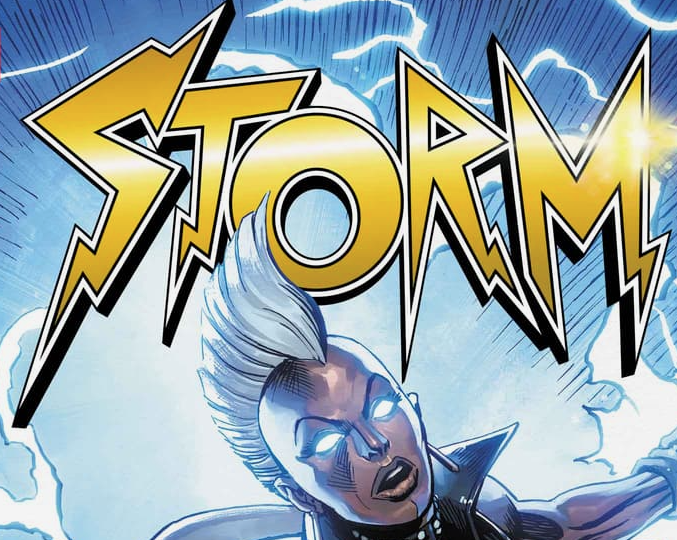
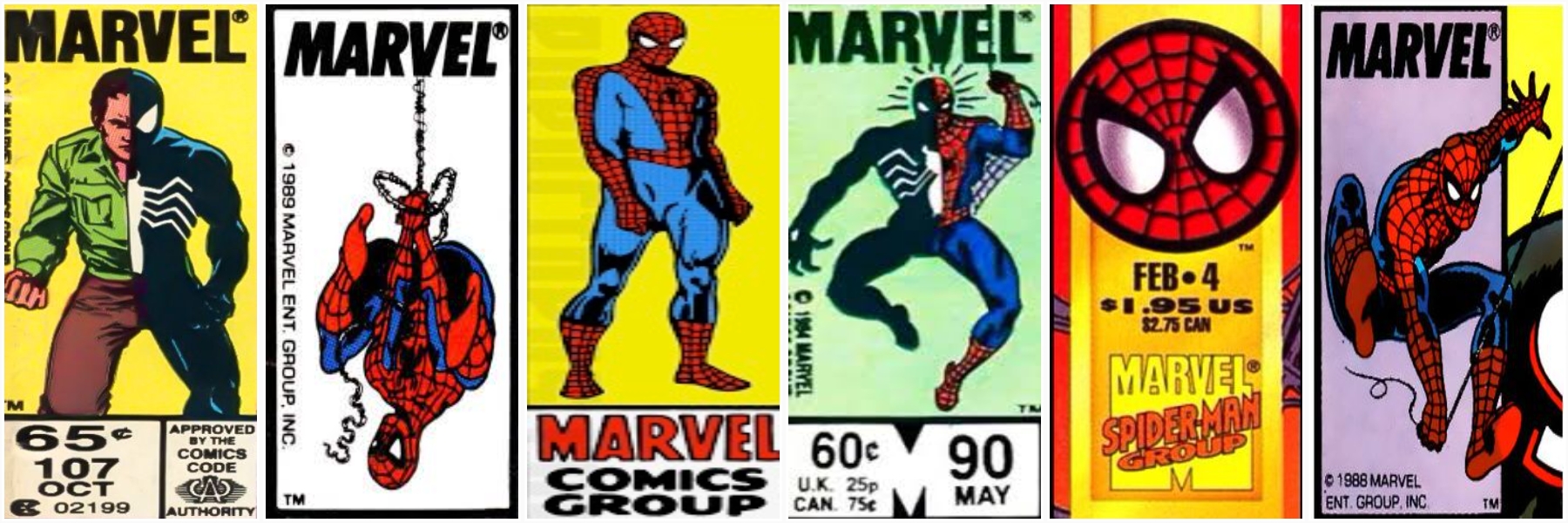

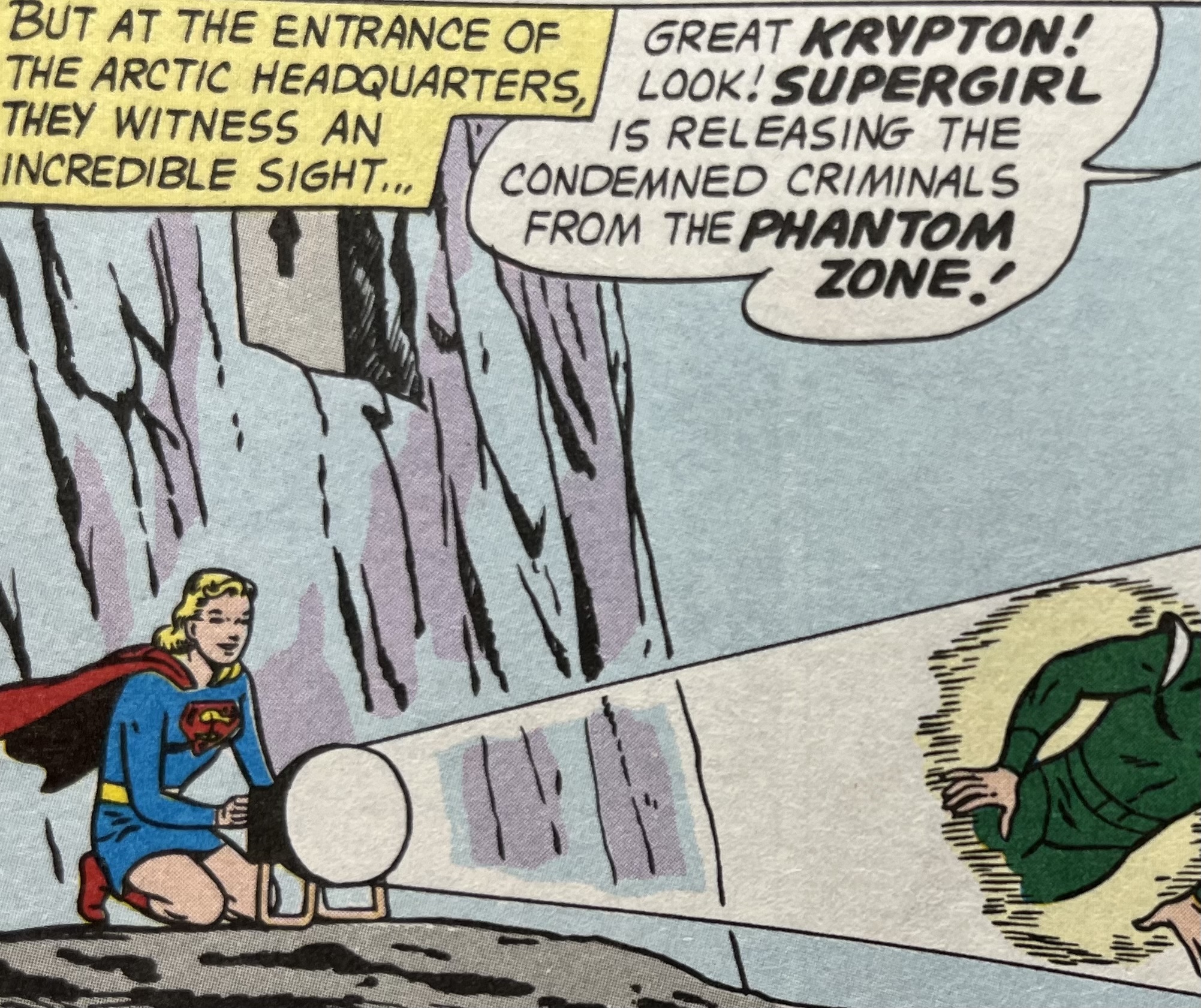
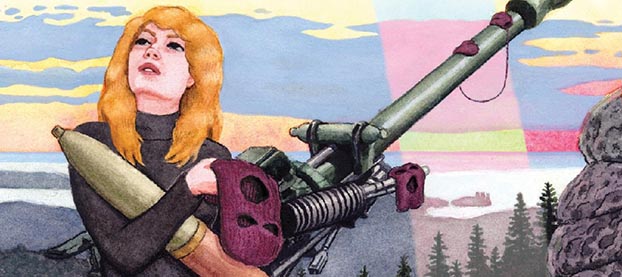
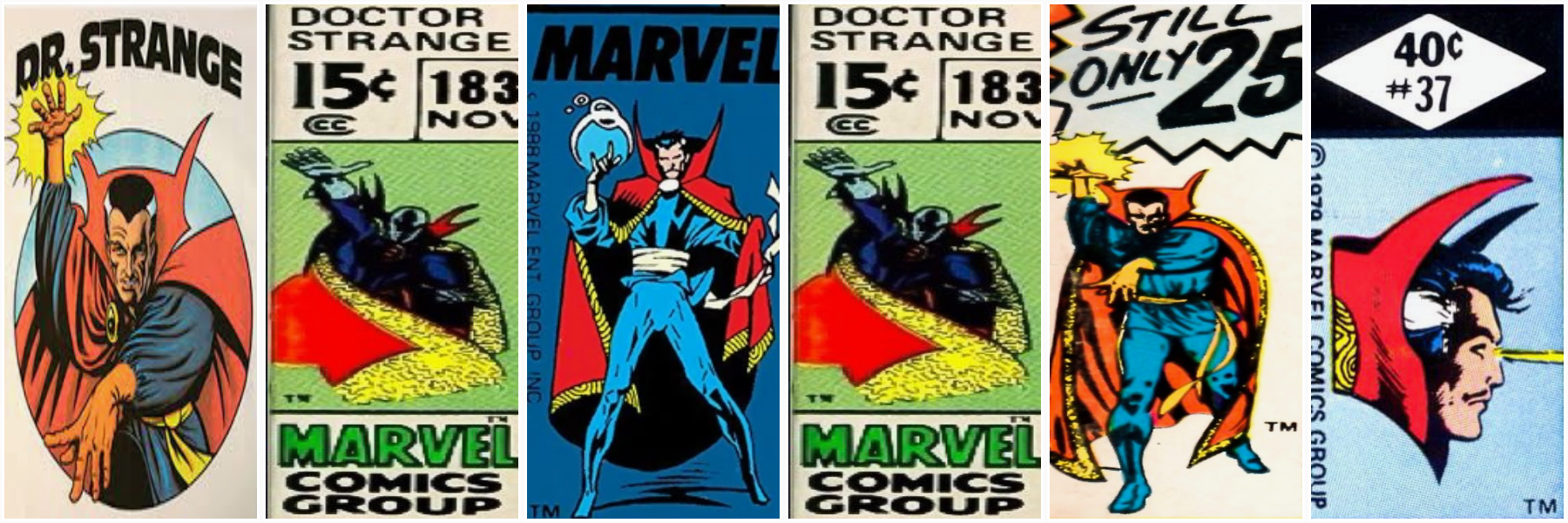




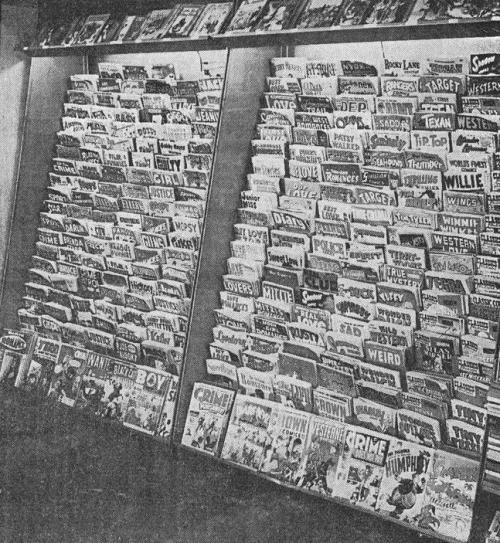
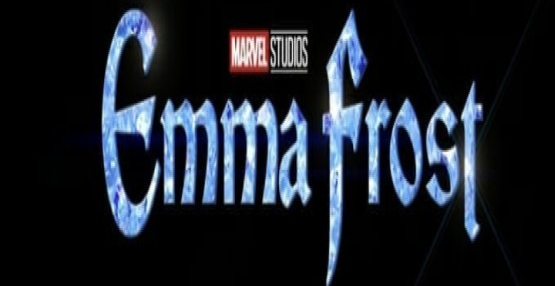



!["Superman" (2025) Brings Heart, High Stakes, and Surprising Twists [SPOILER-FILLED REVIEW]](https://www.supermansupersite.com/Superman_2025_Retro_Poster.jpg)

 English (US) ·
English (US) ·